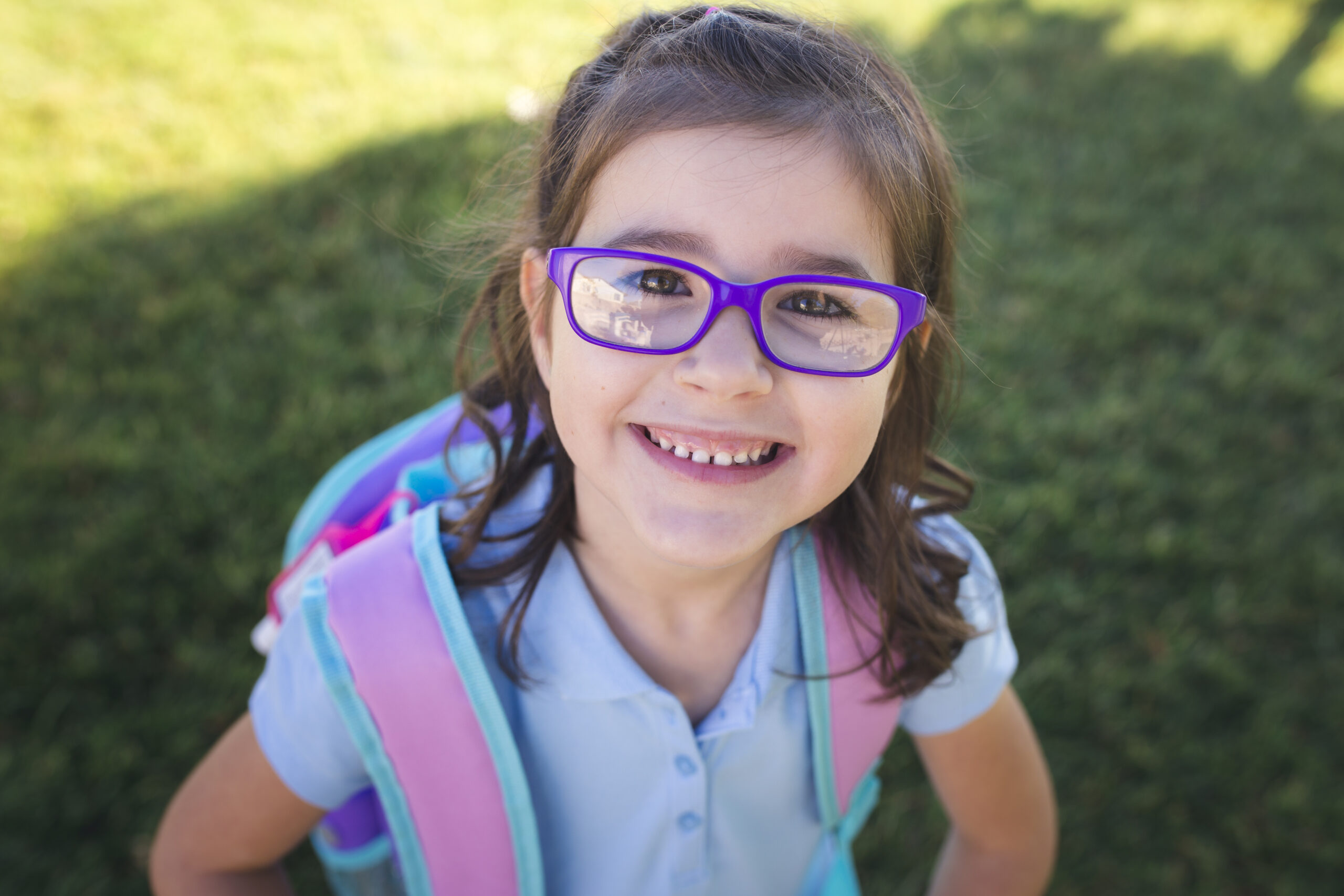
The first day of school is a whirlwind of emotions and transitions. Many of us are thrilled to be sending our kids back to the classroom — or into the classroom for the first time — because it’s been a long summer. Many kids thrive on routine and consistency, something a back-to-school plan can create. However, it’s not as easy as 1-2-3. Parents have to be intentional.
Whether this is your child’s very first first day of school, or they’ve had many first days, taking steps to ensure the day is a success will create a happier home. Here’s what you can do to make that first day as seamless as possible:
Start getting up and at ‘em
The week before school starts, set the alarms. (I know, I can hear you groaning.) Whatever time your children need to be up and getting ready for school is the time you need to start getting them up now. Decide the best way this happens. Do you get them their own alarm clocks (and teach them how to use them) or do you get them up?
Remember, everything with kids takes longer than expected, so it doesn’t hurt to start setting those alarms earlier. You can always change the time later. Get your kids (and yourself) used to getting up so everyone is on time. Also, experienced mom tip here, opening their shades when you get to their room in the morning will help them “rise and shine” better than artificial light.
Practice getting ready — in the order you decide
Do you want to have your kids get up and immediately have breakfast? If so, do you lay out breakfast before they’re up, or is it better that they wake up and choose what they want? Conversely, some kids do better getting dressed before having their eggs and orange juice. You might play around with this during your week of preparation, seeing what works best for your crew. Personally, I like that my kids have breakfast first, so if there are any spills, they land on their PJs and not on their school clothes.
For some kids, including those who are pre-readers and kids with special needs, a visual schedule can be very helpful. Hang it somewhere visible, like on the bathroom mirror, and encourage them to follow the steps to get ready each morning. Our visual schedule includes pictures of my younger kids’ actual items (like their toothpaste brand) and arrows so they know what to do next.
Lay out everything — and I mean everything — the night before
Your child’s outfit for the next day, their backpack, lunchbox, water bottle, shoes, and any extras (jacket, for example) should be laid out the night before. These items should be as accessible as possible. No one should be scrambling to find articles of clothing or school gear the morning of school. It can be a pain when you’re tired and just want to watch Netflix to prepare the night before, but trust me, you’re going to be grateful in the morning.
It’s also a good idea to include your child in this process — so they have a say in their clothing, for example. The last thing you need is a morning argument over the color of their shirt or what is packed in their lunch. Likewise, have a designated space for children to put these items after school. Hooks, shelves, or even a clothing basket per child (perhaps set in the garage or an entry way) is ideal. No one wants to scramble in the morning — or evening — to find what they need.
Practice some getting-ready skills
This is good to practice now — the week before school. Younger kids may be new to opening their own lunchbox and water bottle, zipping their jacket, and putting on their own shoes. These skills tremendously help your mornings, as well as help your child’s teacher who doesn’t have time to help 20-plus kids with these tasks. You’re also giving your kids the gift of independence — which they should be proud of!
As you buy these items, make sure they are friendly for your child’s age and ability. Velcro strap shoes are way easier than laces, for example. Be sure to model these for your child and shower them with praise as they figure it out.
Get to bed
There is nothing more important than a good night’s rest when your child is heading into the classroom. Now is the time to figure out the best time for lights out. What bedtime routine helps your child the most? Consider reading a book, cuddling, listening to a meditation, dimming the lights, or even “playing” with something calming, like stuffed animals.
Bedtime is the best time of day to build connection with your child and communicate. Make sure your child is getting enough sleep, based on the time you plan to wake them — and establish a routine that lulls your child to sleep blissfully.
Heading back to school is no doubt a major transition for families, but by proactively preparing, you’re setting your family up for success. Day one is going to be exciting.




